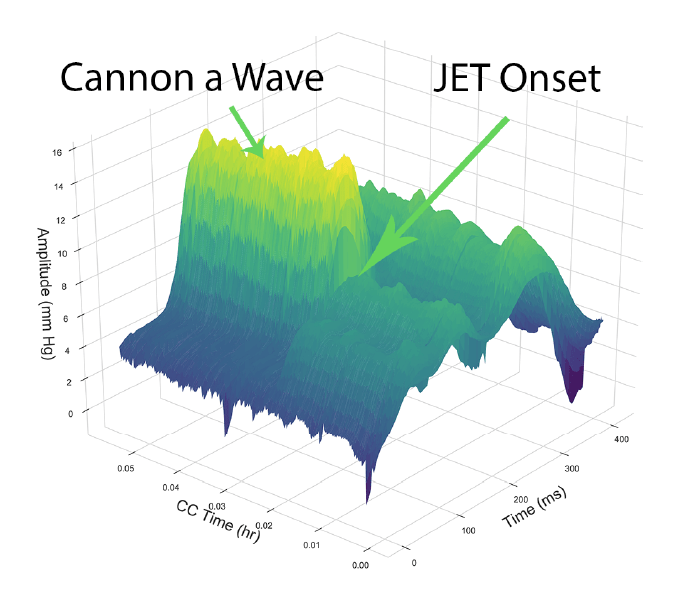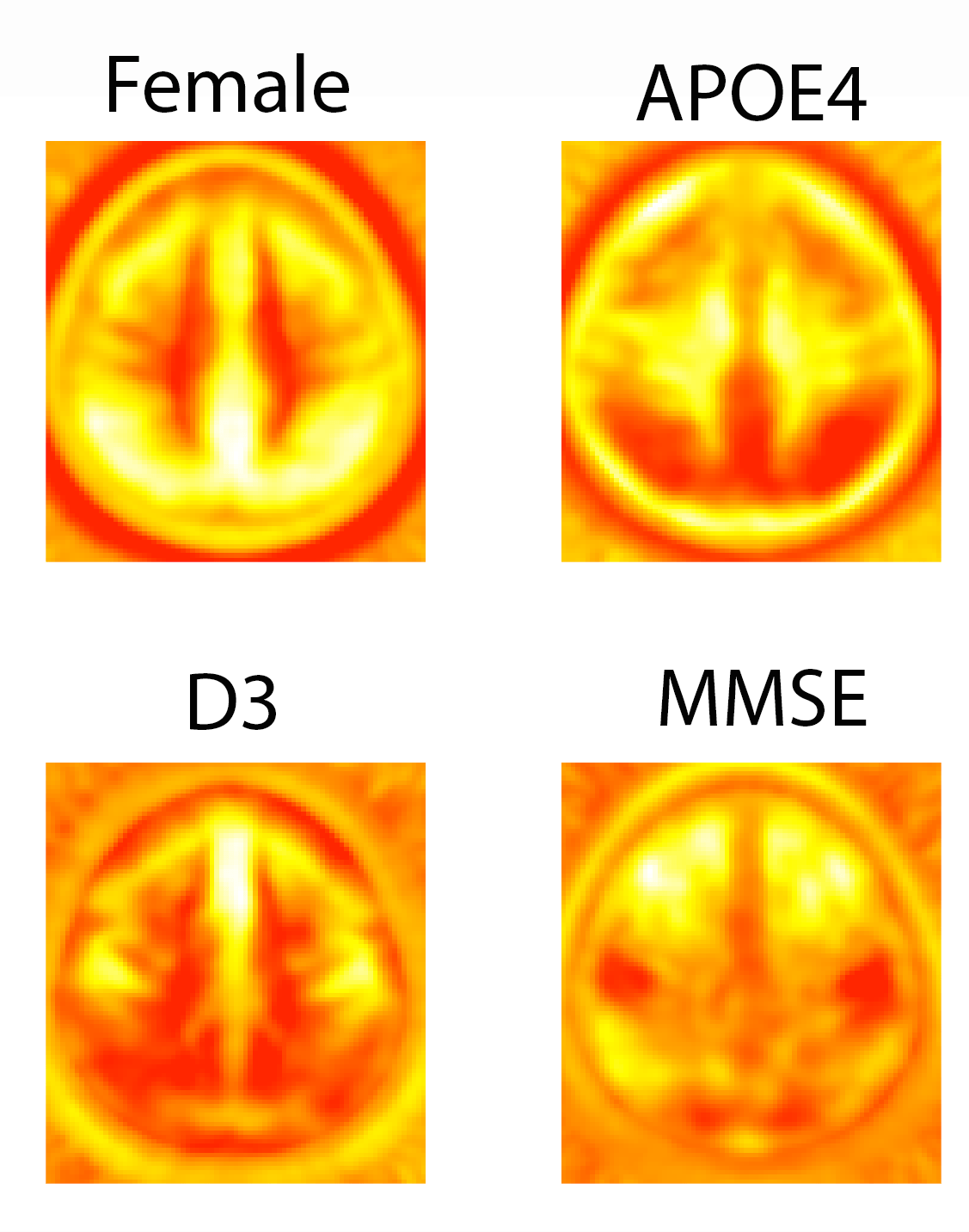Project 1 Bayesian Structural Determination in CryoEM
Cryogenic electron microscopy (CryoEM) is an electron microscopy technique applied to samples cooled to cryogenic temperatures and embedded in an environment of vitreous water. This technique has won the 2017 Novel Prize in Chemistry. CryoEM allows for the determination of biomolecular structures at a near-atomic resolution without crystallization.
The central question in this field is: how to reconstruct a high-resolution 3D model from thousands of noisy 2D raw images with unknown orientations. Most previous research efforts on structure reconstruction remained in the field of Biophysics, and most algorithm on CryoEM images 3D structure reconstruction only provides a point estimate.
A Bayesian structural determination algorithm is proposed to assess the uncertainty in the reconstructed CryoEM biomolecular 3D structure map. The proposed method implements a scalable Bayesian Gibbs sampler. It not only provides an unbiased structure reconstruction but also quantified the uncertainties in the final estimate.
Tan, X. and Li, M. Bayesian Structural Determination in CryoEM (In progress)
The poster won First Prize of Rice University 2019 Statistics Research Poster Event CryoEM Poster
Project 2 A Spiked Dirichlet Process Prior for Joint Network Inference
A Bayesian nonparametric approach is proposed for joint network inference across multiple sample groups. The approach extends previous models by linking graphs through Markov random field priors that incorporate non-parametric spiked Dirichlet priors to capture edge-specific cross-group relative similarities. Thus, we are able to borrow information across groups at the edge level and elucidate subgraph patterns and clusters within the data. The approach is illustrated in simulations, compared to alternative approaches, and applied to the metabolite data for COVID-19 patients.
Shaddox, E., Tan, X., Koslovsky, M.D., & Vannucci, M. A Spiked Dirichlet Process Prior for Joint Network Inference. (In Progress)
Project 3 Automatic Detection of Junctional Ectopia Tachycardia
Junctional Ectopic Tachycardia (JET) is the most common tachycardia that occurs during early post-operative care, affecting 2 – 11% of children born with congenital heart defects. Currently, JET detection techniques are based on heuristic methods that have high false alarm rates.
- A novel ECG-based Morphological Parametrization (MorPa) algorithm is designed to build a data-driven framework for JET detection.
- A novel feature engineering and machine learning pipeline for Central Venous Pressure (CVP) waveform analysis is designed to corroborate with ECG based detector.
- An online Bayesian change point prediction pipeline is designed to provide real-time arrhythmia detection. It also addresses the cross-patient waveform morphology disparity problem, which hinders the performance of most ML-based arrhythmia detectors.
Tan, X., Dai, Y., Humayun, I., Chen, H., Allen, G., & Jain, P. Detection of Junctional Ectopic Tachycardia by Central Venous Pressure (Accepted by AIME 2021)
Babaei, H., Barua, S., Tan, X., et al. An ECG-based morphological parameterization algorithm for the detection of junctional ectopic tachycardia (In Progress)
Barua, S., Babaei, H., Tan, X., et al. A novel algorithm for early detection of junctional ectopic tachycardia in patients with congenital heart disease (Poster accepted by WFPICCS20)
Project 4 Tensor-on-scalar Regression for Alzheimer Brain Mapping
Alzheimer’s disease (AD) is one of the most well-known neurodegenerative diseases. To achieve data-driven personalized medicine, it is important to explore the statistical links between brain images and subject-level information. For this goal, regularized tensor-on-scalar regression is applied to the positron emission tomography (PET) brain scan images of healthy, mild cognitive impairment (MCI), and Alzheimer’s disease patients.
Project 5 Vision Zero: Analyze Houston Traffic Fatality via Machine Learning
Every year around 200 traffic crashes happen in Houston, claiming the lives of 300 people, and around 40% of crashes are related to traffic intersections. To find out patterns of dangerous intersections and improve road safety, we apply machine learning to the traffic accident record from 2014 to 2019. We are invited to present the project at the Houston Mayor’s Office.






